Paragliding bag : the complete guide to paragliding bags

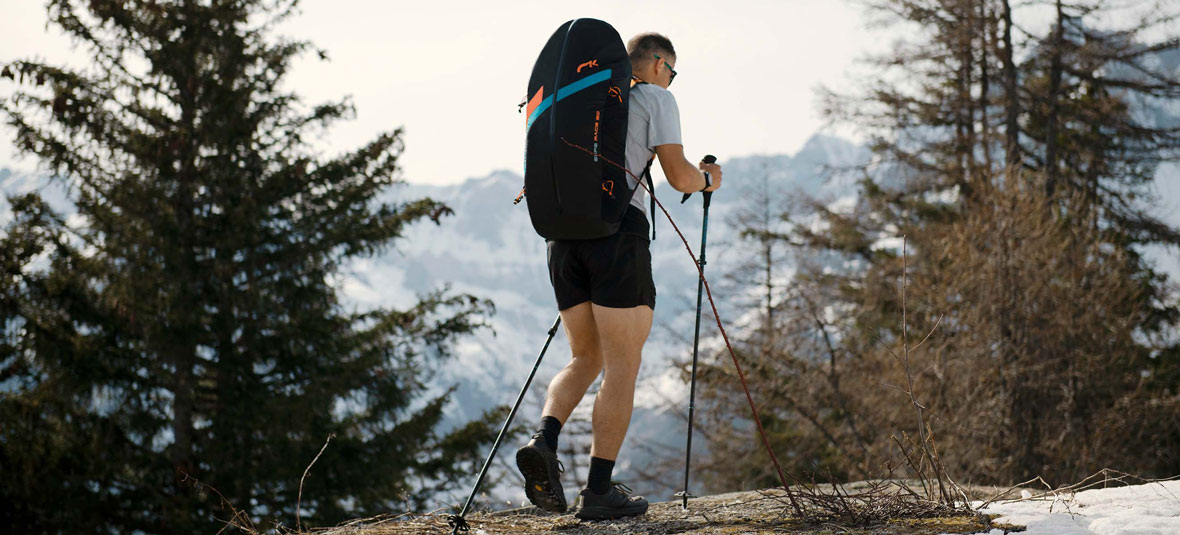
Paragliding bags are used for a variety of purposes. From the bag that simply helps you store your equipment to the bag that allows you to carry all your gear, it's important to take certain criteria into account to make sure you don't make a mistake when choosing your bag.
In this article, we'll help you choose your paragliding bag.
WHAT ARE THE DIFFERENT TYPES OF PARAGLIDING BAG ?
Packing bags : “Traditional” compression bags keep the paraglider neatly stowed in the rucksack. They can also be used to store the glider. They come in handy when you want to fold your glider properly, so it doesn't get damaged the next time you use it.
Concertina bags : these are slightly more advanced packing bags. Unfolded, they resemble a large sock which wraps around the wing and facilitates packing. There are also concertina Compress bags, which not only help with folding, but also compress the glider to minimize its volume in the carry bag.
Rucksack. The queen of paragliding bags, portage bags are the ones you use to carry your equipment. They are different from the fast packing bags. It's important to choose the right bag for you, to make sure you have the best compromise between comfort on your back and the amount of equipment stored inside.
Packing bags : “Traditional” compression bags keep the paraglider neatly stowed in the rucksack. They can also be used to store the glider. They come in handy when you want to fold your glider properly, so it doesn't get damaged the next time you use it.
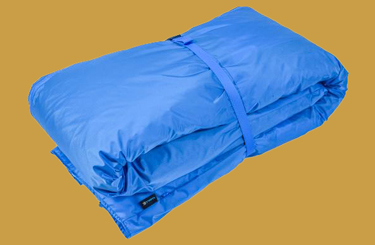
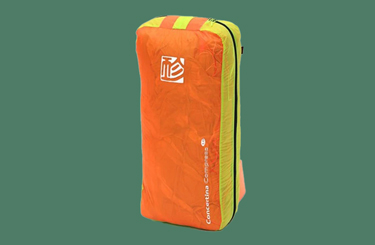
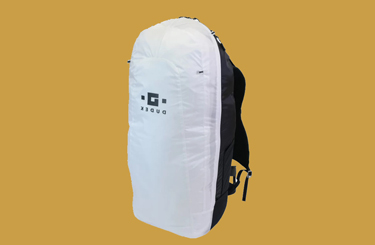

Concertina bags : these are slightly more advanced packing bags. Unfolded, they resemble a large sock which wraps around the wing and facilitates packing. There are also concertina Compress bags, which not only help with folding, but also compress the glider to minimize its volume in the carry bag.

Rucksack. The queen of paragliding bags, portage bags are the ones you use to carry your equipment. They are different from the fast packing bags. It's important to choose the right bag for you, to make sure you have the best compromise between comfort on your back and the amount of equipment stored inside.

Fast packing bag : Also known as "pouf bags”, the main purpose of these bags is to enable the pilot to fold the paraglider quickly without damaging the paraglider, so that he can get away from the landing site quickly.
Riser bags : These small pockets are designed to hold the paraglider's risers so that they don't rub against the wing's fabric, thus protecting the sail's Ripstop fabric.
Paragliding travel bags : These bags are classic travel bags. Their purpose is to protect equipment during handling at airports and during all types of transport.
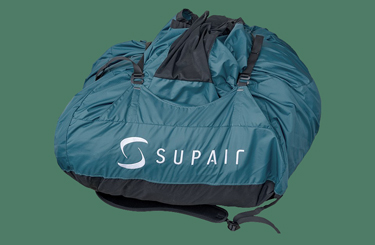

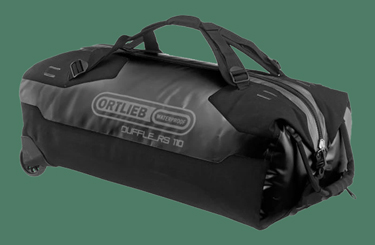
Fast packing bag : Also known as "pouf bags”, the main purpose of these bags is to enable the pilot to fold the paraglider quickly without damaging the paraglider, so that he can get away from the landing site quickly.

Riser bags : These small pockets are designed to hold the paraglider's risers so that they don't rub against the wing's fabric, thus protecting the sail's Ripstop fabric.


WHAT ARE THE CRITERIA FOR A PARAGLIDING RUCKSACK ?
The choice of a paragliding bag depends on several factors. Carrying comfort is paramount, especially for long tours. The ease with which the equipment can be stowed in the bag is also a key criterion, because if the equipment doesn't fit inside, or if too much force is applied when stowing the glider and harness, the bag may be damaged prematurely, the seams may pop out and the equipment inside may even be damaged.
Options such as Gin concertina bag or Neo Easy Pack 2.0 can easily save storage space. You should also consider the durability of the bag in relation to its use, and the storage options for accessories, particularly the paragliding helmet, which takes up a certain volume on its own.
These are just some of the criteria to consider when purchasing a paragliding rucksack.
HOW TO USE A PARAGLIDING RUCKSACK ?
The use of a paragliding rucksack is a classic. There's nothing extraordinary about it, but what's important is how you arrange the equipment inside it, to avoid hard points on the back when carrying. This is an extremely important point, as the seat boards of a harness, and the metal parts that make up a paragliding pack, can represent hard points that can create discomfort in the back. The basic tips are as follows :
Place the paraglider against the back of the pack, as this makes it more comfortable to carry. Put the helmet in the upper part of the bag, or if the bag allows, outside the bag with a helmet holder.
Don't have a bag that's too big either, as it's not comfortable to carry and the equipment won't fit properly. Remember to use all the bag's adjustments to make it compact and comfortable to carry.
HOW MUCH DOES A PARAGLIDING BAG COST ?
Prices for paragliding bags vary widely, from a few dozen to several hundred euros. Factors influencing price include bag type, brand (such as gin gliders or Kortel design), material quality, features (such as folded volume compression), and additional options (such as accessory pockets). Here's a non-exhaustive list of average bag prices :
Packing bag : from 20 to 60 euros, depending on the bag.
Concertina Bag : from 70 to 120 euros
Concertina Compress Bag : from 100 to 130 euros
Rucksack : from 200 to 350 euros
Quick Storage Bag : from 100 to 250 euros
Riser bag : approx. 20/30 euros








